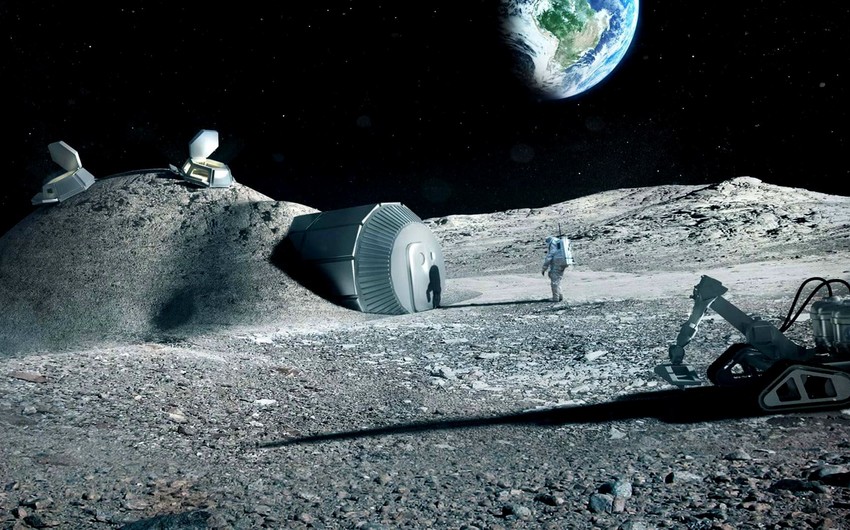NASA is pushing back its deadline for returning American astronauts to the moon’s surface by as much as one year, officials announced on Tuesday. It’s the first official acknowledgment that 2024, the target set when Donald J. Trump was the president, cannot be met.
Report informs, citing The New York Times, that instead it will occur sometime in 2025, said Bill Nelson, the former Florida senator who was selected to lead NASA by President Biden earlier this year. He blamed the shifting timeline on a lawsuit over the agency’s moon lander, to be built by SpaceX, and delays with NASA’s Orion capsule, which is to fly astronauts to lunar orbit.
“We’ve lost nearly seven months in litigation, and that likely has pushed the first human landing likely to no earlier than 2025,” Mr. Nelson said, adding that NASA will need to have more detailed discussions with SpaceX to set a more specific timeline.
“After having taken a good look under the hood these past six months,” he added, “it’s clear to me that the agency will need to make serious changes for the long term success of the program.”
December 2022 will be the 50th anniversary of the last astronauts on the moon. Since the Apollo 17 mission returned in 1972, the American space program focused on other objectives. But the moon has come back into vogue at times, including under President Trump.
Vice President Mike Pence unveiled the 2024 deadline to land the first American astronauts on the moon in more than half a century during a 2019 meeting of the White House’s space council. The new mission, which caught many at NASA and in the space industry by surprise, was an urgent one: loft the first woman and next American man to the lunar surface “by any means necessary,” he said at the time. The motivating force was that Americans are “in a space race today, just as we were in the 1960s,” a reference in part to China, which has set a goal of landing astronauts on the moon in the 2030s.
Sizable budget requests, new moon technology contracts, international pacts and a brand — the Artemis program — have followed since Mr. Pence’s speech. The Biden administration threw its support behind Artemis and NASA upheld the 2024 goal, even though Mr. Biden’s presidential transition team had deemed it unrealistic. Mr. Nelson has up until now stuck to the previous administration’s timeline.
“The Trump administration’s target of 2024 human landing was not grounded in technical feasibility,” Mr. Nelson added on Tuesday during a news conference with reporters.
In April, NASA picked Elon Musk’s space company, SpaceX, to build a moon lander. The first two rides to the lunar surface are to rely on Starship, the massive, reusable rocket system the company has been quickly developing in Texas. The second trip to the moon will carry humans.
The obstacles to meeting the 2024 goal have been political and technical, from ambivalence among lawmakers in Congress to engineering challenges and delays with other systems and spacecraft that NASA may also need to get astronauts on the moon. The Covid pandemic also played a role. The agency’s centerpiece moon rocket, the Space Launch System, is a multibillion dollar undertaking that has experienced years of delays.
But last week, NASA overcame a significant obstacle. The agency emerged victorious from a bitter and protracted legal fight with Jeff Bezos’ space company, Blue Origin, which had lodged two protests against NASA’s decision to pick SpaceX. The dispute paralyzed the moon lander program for nearly six months, precluding NASA from working with SpaceX on Starship development.


 https://static.report.az/photo/9537aa5e-7658-3c17-b02d-03a558f1df2f.jpeg
https://static.report.az/photo/9537aa5e-7658-3c17-b02d-03a558f1df2f.jpeg

